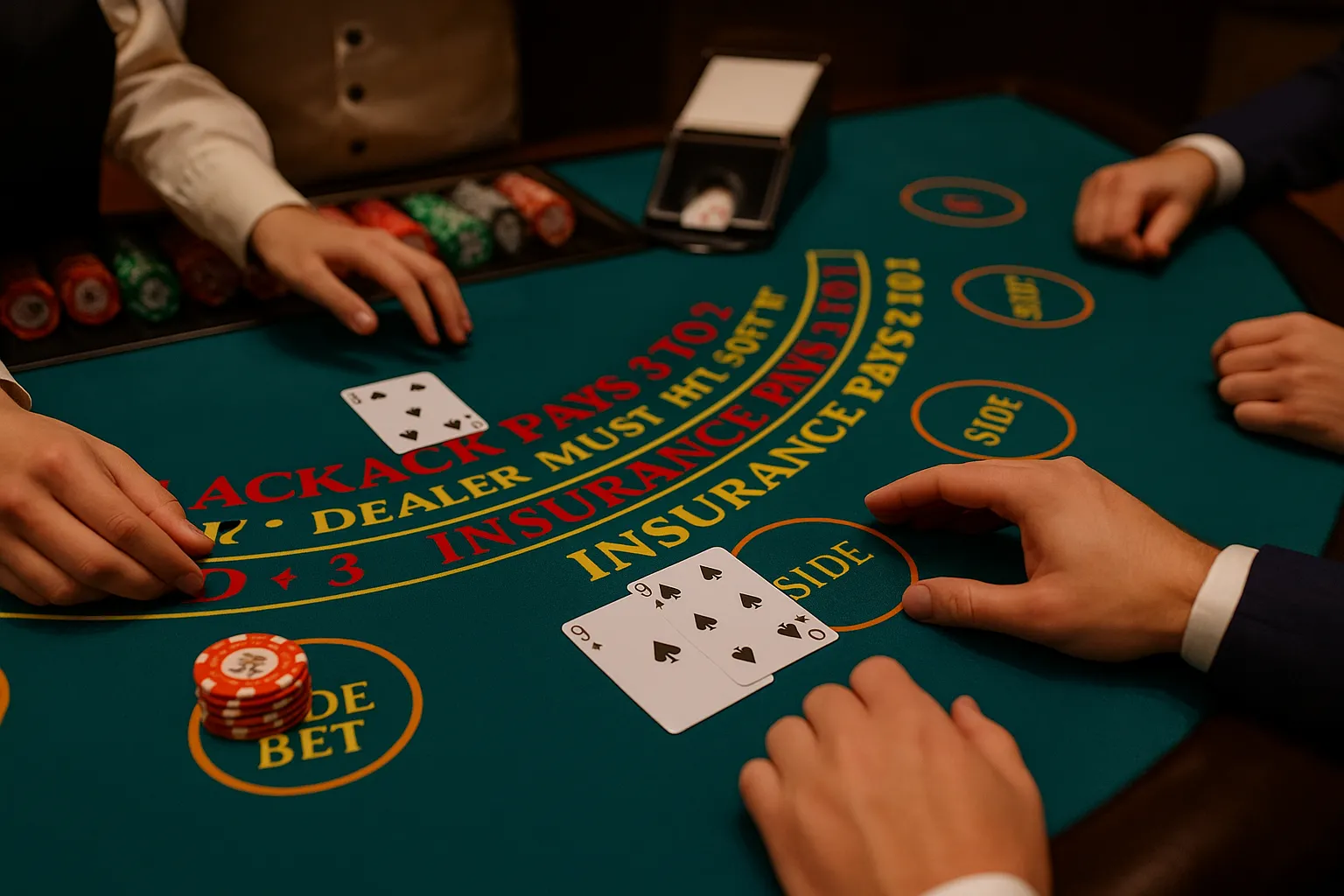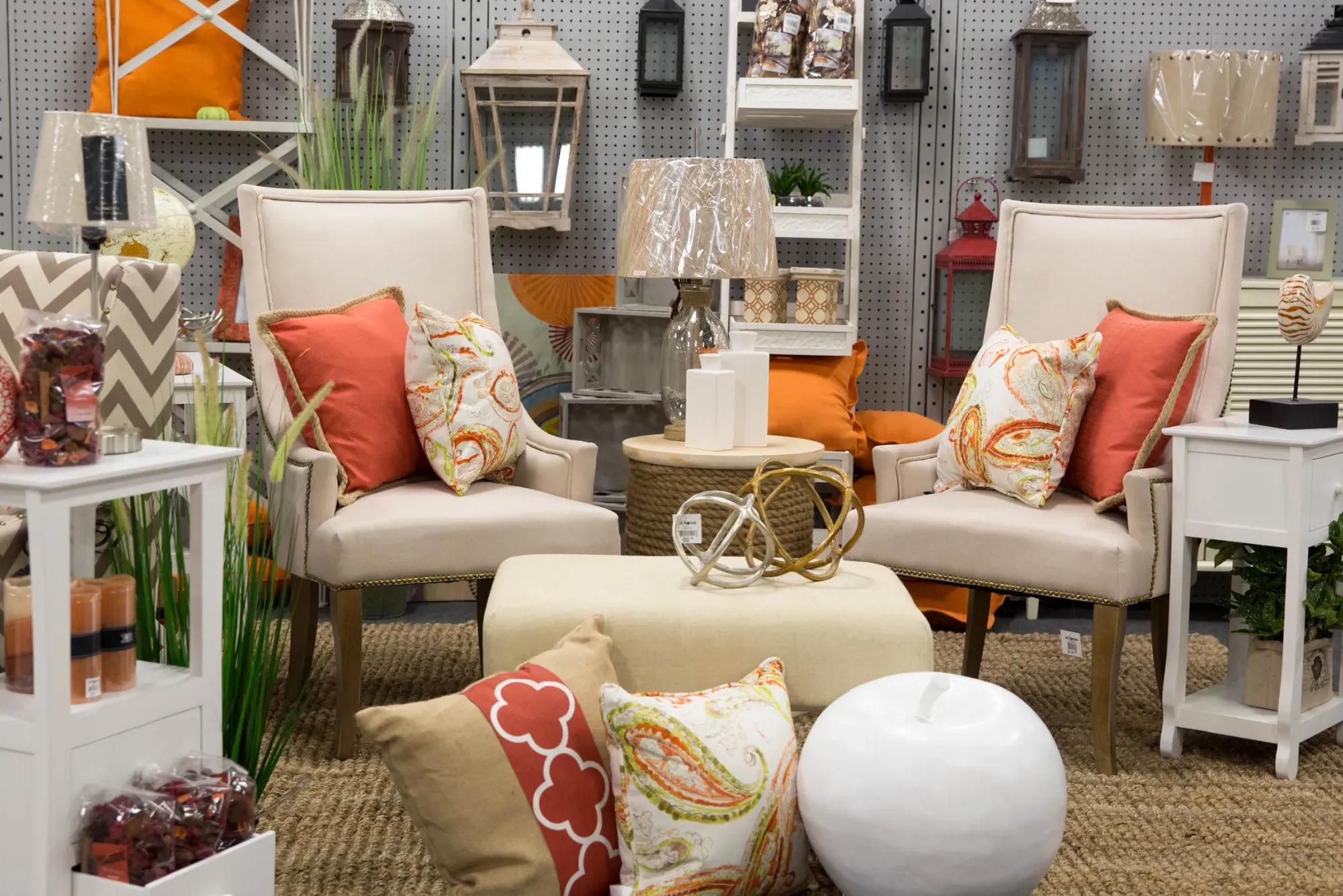Walking into a bustling casino, I often find myself drawn not just to the classic blackjack table but to the colorful betting spots promising tempting extras: side bets. These optional wagers—ranging from lucky pair bets to suited 21+3 combinations—invite players to spice up their game with the lure of big payouts. But beneath the glitz, side bets carry unique odds and house edges that can either enhance your thrills or quietly erode your bankroll. After years of juggling main bets and side stakes, I’ll share practical insights, real‑world examples, and hard‑earned lessons on whether side bets ultimately help or hurt your blackjack bankroll.
Why Side Bets Are So Enticing
Special side bets offer excitement beyond the basic game. They tap into our desire for bigger payouts on smaller stakes, and casinos know this. As soon as you scan the table, bright labels like “Perfect Pairs” and “21+3” beckon, often with payouts quoted as high as 30:1 or more. Many players, myself included, have felt the rush of hitting an unlikely suited pair or a flush in the hole cards—moments that stand out long after a regular win or loss.
Beyond the occasional adrenaline spike, side bets also serve marketing purposes. Casinos—especially UK casinos not on gamstop—feature these extras to differentiate themselves, rewarding adventurous bettors and creating conversation. You might find the best side‑bet offerings advertised on specialized forums or even on sites dedicated to alternative operators like those listed at UK casinos not on gamstop—just remember that the glimmer of high payouts comes at a statistical cost.
Evaluating the House Edge
To truly understand side bets’ impact on your funds, you must look at their house edge. Unlike the roughly 0.5% edge in classic blackjack (when basic strategy is applied), side bets often carry double‑digit house edges. For example, the popular Perfect Pairs wager can range from 4% to over 11%, depending on specific pay tables. The 21+3 bet, which scores hands like flushes and straight flushes, typically shows an edge between 3% and 7%.
When you wager on side bets, you effectively trade a low‑edge game for a high‑edge proposition. Over a short run, you might hit a big payout and walk away ahead. But over hundreds or thousands of rounds, those larger house edges compound, meaning you can expect to lose far more from side bets than from your main blackjack action.
Common Side Bets Decoded
Perfect Pairs
This side bet wins if your first two cards form a pair. Payouts vary by pair type: mixed pair pays 5:1, colored pair 10:1, and perfect (same suit) pair 30:1. Despite these appealing numbers, the overall house edge often sits near 6%, making it a costly thrill in the long run.
21+3
In this wager, your first two cards plus the dealer’s up-card form a three‑card poker hand. Flushes pay 5:1, straights 10:1, three of a kind 30:1, and straight flushes 40:1. Depending on pay tables, the house edge ranges from 3% to 7%, higher than standard blackjack but lower than some more exotic side bets.
Other Variations
Some tables offer bonus bets on combinations like Royal Match (same suit king and queen) or Super Sevens (sevens in specific spots). Each variation carries its own edge, typically between 5% and 15%. Always review the pay table before dipping into these bets.
Real‑World Bankroll Impact
A year ago, I dedicated a six‑hour session at a London casino to test side bet effects against pure strategy play. Starting with a £500 bankroll, I placed £10 main bets using basic strategy and £2 on Perfect Pairs each hand. In the first 100 hands, I hit two perfect pairs—walk‑away moments that justified the side bet in my mind. But by hand 300, the cumulative losses on mismatched pairs eclipsed my side‑bet winnings, and I was down nearly £150 purely from side bets, while main‑bet losses remained under £50.
Contrast that with a pure main‑bet session: I finished 500 hands down just £75, consistent with a 0.5% edge over 500 hands. The lesson was clear: side bets produce memorable highs but erode bankrolls much faster than core blackjack.
Psychology of “Highs” and “Lows”
Side bets tap into cognitive biases. We remember the rare 30:1 hit more vividly than the dozens of £2 losses. Casinos bank on this selective memory, knowing players will chase the next big side‑bet win. Yet that chase can accelerate losses, leading to bankroll “bleed” even as main bets remain steady.
Managing Risk with Smart Play
You don’t need to eliminate side bets entirely, but you should approach them with clear rules:
-
Allocate a separate side‑bet bankroll, limiting it to no more than 5% of your total funds.
-
Choose side bets with the lowest edges—21+3 often beats Perfect Pairs in terms of expected loss.
-
Treat side bets as entertainment—their purpose is excitement, not profit.
When to Skip Side Bets Altogether
If you’re on a tight budget or rely on blackjack for steady profits, side bets are best avoided. Professional players who count cards or use advanced strategies stick to main bets, where they can lower the house edge to near zero. Side bets disrupt that advantage.
For casual players with discretionary funds, a few side‑bet spins can add flair. Just set firm limits and monitor your performance. If you notice side‑bet losses piling up, step back and refocus on core blackjack.
The Role of Session Length
Session length profoundly impacts side‑bet outcomes. In brief sessions—under 50 hands—side bets can yield positive results due to variance. Hit a lucky payout early, and you pocket a handsome reward. Longer sessions, however, expose you to the full force of the house edge. After 500+ hands, the law of large numbers ensures side‑bet losses catch up.
For my part, I use side bets during recreational, short visits—perhaps 20 minutes of play—aiming for that one memorable hit. For sessions longer than an hour, I stick to main bets exclusively.
Alternatives to Traditional Side Bets
If you crave variety without the punishing edges, look for tables offering reduced side‑bet offerings or promotional games. Some casinos run occasional promotions where side bets feature boosted payouts, temporarily improving odds. Local casino loyalty programs sometimes award free side‑bet credits at specific tables—these give you exposure without financial risk.
In the online realm, you may find variants like double‑deck blackjack with innovative side bets and competitive pay tables. These can offer slightly better odds than the standard six‑deck games. Always review the house edge data—sites like UK casinos not on gamstop often publish detailed analyses of popular tables to help you choose wisely.
Final Call: Help or Hurt?
After hundreds of hours at towering live dealer setups and smoky land‑based tables, I conclude that side bets enhance blackjack’s entertainment value but typically hurt long‑term bankrolls. They deliver potent bursts of excitement and unforgettable wins, but those spikes come at a price: a house edge that dwarfs the core game’s margin.
If your goal is to maximize expected bankroll retention or profit, keep side bets to a minimum or avoid them outright. If you play for fun and have a side‑bet bankroll you’re prepared to lose, go ahead and indulge—but do so with clear limits and an eye on your overall performance.










